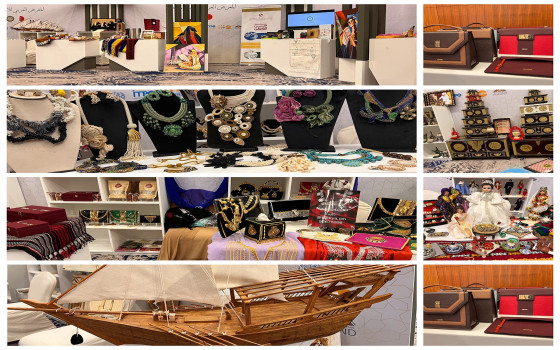
When creativity, cultural heritage and economic growth combine, we will get a vibrant world called the orange or creative economy

- Europe and Arabs
- Monday , 29 July 2024 6:3 AM GMT
New York - Manama: Europe and the Arabs
What happens when creativity, cultural heritage and economic growth combine? We will certainly get a vibrant world called the Orange Economy - also known as the Creative Economy - a concept originally developed by British economist John Hawkins in 2001. According to the United Nations Daily News, which added that in 2011, the term Orange Economy was coined by former Colombian Minister of Culture Felipe Buitrago, in collaboration with former Colombian President Ivan Duque Márquez. This term highlights the dynamic intersection between arts, culture and entrepreneurship. It is a global phenomenon that gives artisans, designers, musicians and creatives the opportunity not only to express themselves, but also to drive economic progress.
But what is the Orange Economy? And how does it promote peace, accelerate sustainable development and empower communities? Join us as we delve into this colorful world, exploring the perspectives of innovators and entrepreneurs from around the world, who are turning their passion and creativity into thriving businesses and shaping a brighter future. So, what is the orange economy?
The orange economy, according to the United Nations, is an evolving concept based on the contribution and potential of creative assets to economic growth and development. It includes economic, cultural and social aspects that interact with technology, intellectual property and tourism objectives. “It is a set of knowledge-based economic activities, with a development dimension and interlinkages at the macro and micro levels of the economy as a whole.”
The UN estimates that cultural and creative industries account for 3.1 percent of global GDP and 6.2 percent of employment worldwide.
In an exclusive interview with UN News during the 4th Global Entrepreneurship and Investment Forum held in the Bahraini capital, Manama, Felipe Buitrago, former Minister of Culture of Colombia, explained what the orange economy is: “It includes activities such as film, television, video games, music in all its forms, as well as crafts, visual arts and theatre. Also, activities such as design, fashion and, increasingly, other digital expressions of communication. It is something that represents us and our identities in different ways.”
“That is creativity, that is expression, that is heritage. These expressions come together in a very rich ecosystem of creators and dreamers, but also doers, entrepreneurs and policymakers. This is a very strong sector of the economy,” Buitrago continued.
Why orange specifically?
Felipe Buitrago explains why orange was chosen to describe this type of economy: “Orange – in many cultures and ages – represents creativity, leadership and transformation. Like the sadhus in Hindu culture or the orange Buddhist robe, but also in Mesoamerican culture it means transformation. In South America it also means leadership. It is a color that is also present in the Greco-Roman tradition as the color of Bacchus or Dionysus. When we were thinking with President Duque about how to represent the identity of the creative economy, we thought of the color orange and tested it. We discovered that this color was easy to understand for creators, but also for policymakers.” Promoting peace and understanding
The orange economy plays an important role in promoting peace and understanding between peoples, according to Felipe Buitrago: “Sometimes ridiculous things happen, like neighbors hate each other, or don’t trust each other. For example, there were two gangs in the Comuna 13 neighborhood in Medellín, Colombia. These two gangs were brought together by the mayor’s office, which held a joint rap and reggaeton festival. One gang rapped, the other reggaeton. They set up a stage and took turns showing off their rap and reggaeton skills. By sharing the stage, they realized that they had a passion for music. That reggaeton and rap weren’t that different, that they could coexist. This reduced violence and actually helped them start finding different ways to promote community development, instead of trying to control them by force.”
Accelerating the Sustainable Development Goals
But how does the orange economy help accelerate the 2030 Agenda for Sustainable Development, a shared blueprint for peace and prosperity for people and the planet?
“If you read the 17 Sustainable Development Goals, you will notice that none of them explicitly mention words like culture, arts or creativity,” says Felipe Buitrago. “But if you dig deeper, you will find that creativity, culture and art are vehicles for achieving the SDGs. This is very powerful because culture is an excellent and important tool that brings people together to achieve many of the SDGs.” “Employment, inclusion, environmental sustainability of cities, improved education, cooperation – all of these things are facilitated by culture,” continues Felipe Buitrago. “When we come together and talk, when we share our worldviews, we engage in a cultural exchange. This is crucial to achieving the SDGs.” “Creativity brings money and creates jobs.”
.
In the heart of the Kingdom of Bahrain, Ammar Bashir, a Sudanese interior designer, found himself at a crossroads after returning from his university studies in Britain. Faced with a job market that required expertise he did not possess, Ammar ventured into the market without realizing that he was making his way into the thriving orange economy.
Speaking to UN News, Ammar recalled his experience by saying: “I was rejected from all the jobs I applied for because I had just graduated,” noting that this setback served as an incentive and motivation for him to start his own design company, driven by his creativity and desire to implement his ideas.
Little did he know that his venture into the world of design would be perfectly in line with the emerging concept of the orange economy – a sector where creativity is the currency, and ideas are the most valuable assets. “The beautiful thing about the orange economy is that the capital is the person’s idea,” Ammar explains.
Within three years, his company’s capital exceeded $10 million, which he says is proof of the power of creativity in generating wealth and employment. “We discovered that creativity brings money and creates jobs for people,” he adds.
‘Newcomer’
Mr Bashir’s success story underscores the essence of the orange economy, which thrives on unique arts and crafts deeply rooted in cultural heritage. “We’ve always been fascinated by unique arts and crafts associated with particular countries,” he says. “These handcrafted items, often made from natural materials, evoke a sense of authenticity that resonates deeply with consumers.”
The orange economy, says Ammar, is “the newcomer to the neighborhood,” and has gained recognition as a powerful driver of economic growth and cultural preservation. It’s a sector where collaboration and mutual support are key, fostering a sense of community and shared purpose, according to the Sudanese designer: “The reassuring thing is that there’s an issue of intellectual property and we’re morally obligated not to steal each other’s ideas, but to help each other.”
Moroccan family connects culture and commerce
Fatima Zahra is a young Moroccan entrepreneur who, along with her family, owns a family business called “Yatto” that specializes in making dolls in traditional Moroccan dress. “Yatto” is a Moroccan Amazigh name that everyone can pronounce, as Fatima explained to UN News.
“During the lockdown period that accompanied the spread of the Corona pandemic, we stayed at home with nothing to do. My sister, my mother and I made a lot of dolls and dressed them in traditional Moroccan dress. After the lockdown, we held an exhibition in Morocco and put these dolls up for sale. People loved these dolls, because they are Moroccan. Just like young children play with American Barbies, we want to give the idea to children to play with Moroccan dolls in Moroccan clothes.”
The Orange Economy Bridging the Employment Gap
Samrawit Mersehezen, a creative designer from Ethiopia and the creative director of SAMRA LEATHERS, uses fashion to challenge economic imbalances and empower women in her country. Mersehzen emphasizes the importance of the creative, or orange, economy in addressing pressing issues in Ethiopia and across Africa.
“In the fashion industry, we create a lot of jobs, especially for women, and we add value to women and to society. But previously, fashion was not seen as a means of empowering communities,” Mersehzen told UN News.
Mersehzen highlighted what she called a “gap in educational support” for the creative industries, noting that while the Ethiopian government has established more than 20 major universities in the past two decades, none of them focus on nurturing talent in creative fields.
“But we produce a lot of doctors and engineers who are still looking for a job for years after they graduate. So these big facilities have not helped create jobs. So this kind of orange economy creates a lot of jobs, especially for creative women like me,” she explained.
In turn, Mersehzen’s company is a testament to what can be achieved when creativity is harnessed as an economic force. A Call to Cherish Our Cultural Heritage
As we reflect on the dynamic world of the orange economy, it is important to listen to the words of Felipe Buitrago, former Colombian Minister of Culture, who reminds us not to ignore the cultural artifacts that make up our identity.
He concluded by saying: “The message is that sometimes we take things for granted, like a craft, a painting, a melody from our heritage. This is stupid. We need to take it seriously, because this is a message from the past told to us by someone who is alive today and ready to engage with us in dreaming of a better future.”
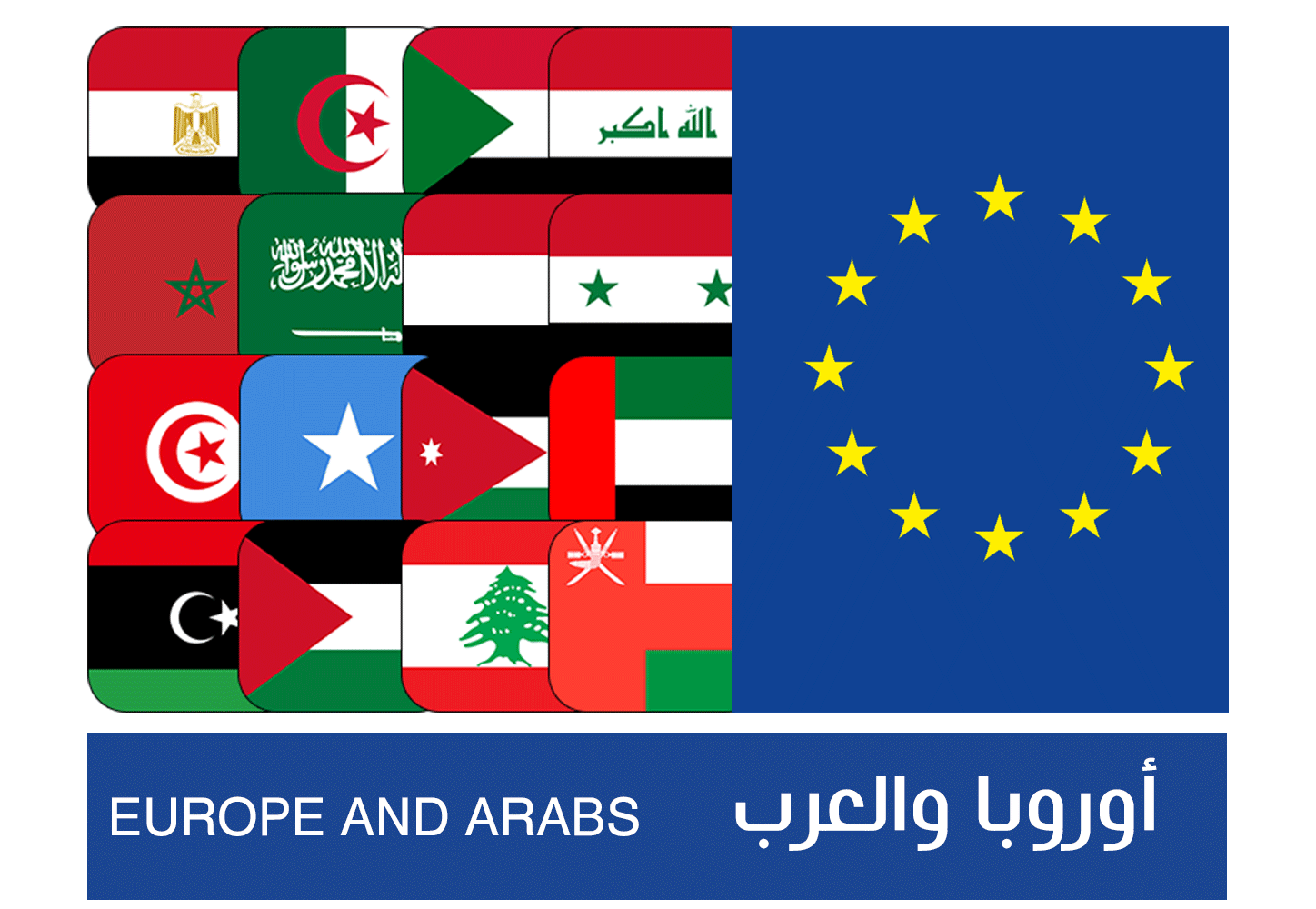

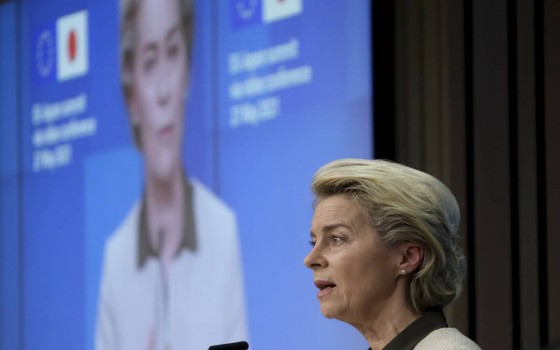
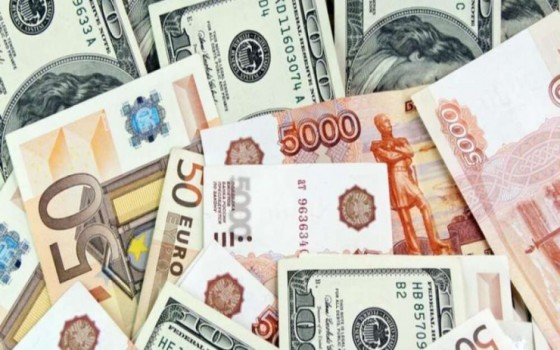

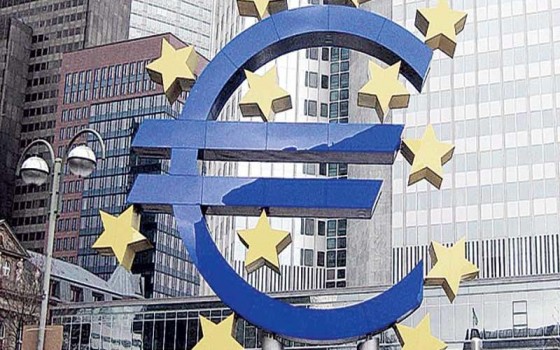

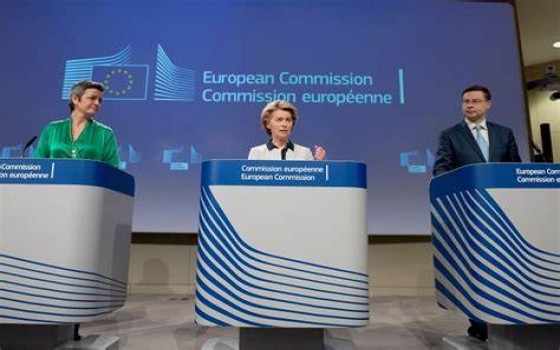
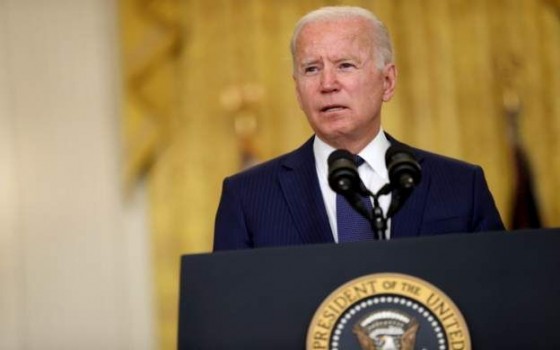
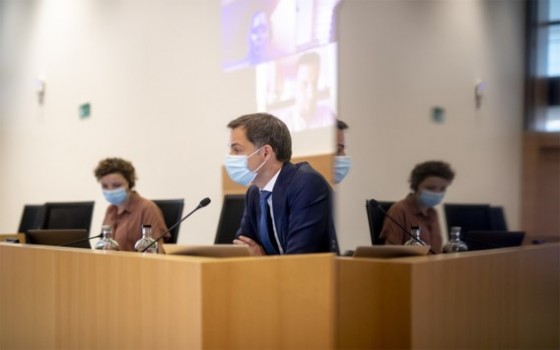
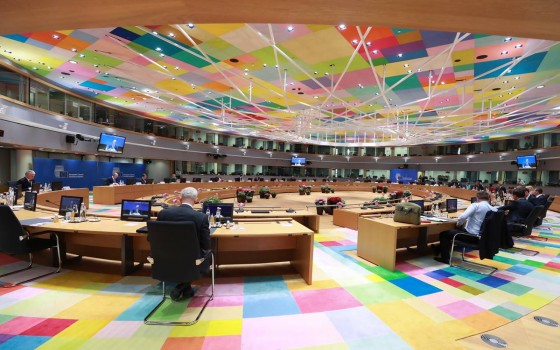

No Comments Found